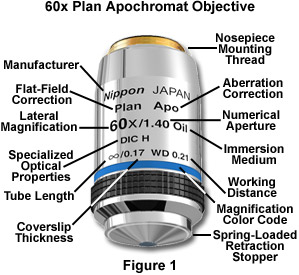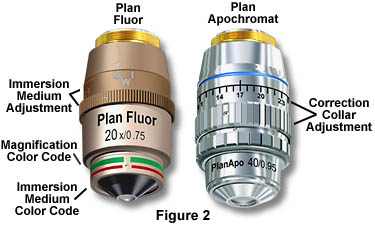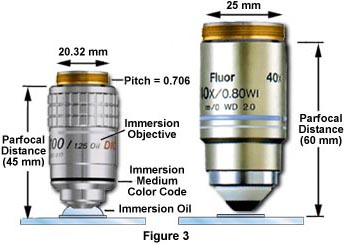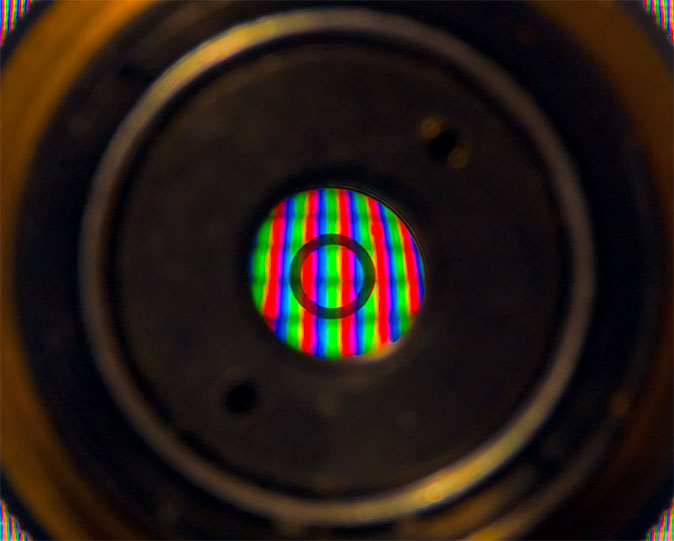As a first step I'd like to identify which are good for use on a DSLR body. I know what they look like (IQ, etc.) through a nice scope but in that arena things like WD and etc. aren't as critical. So I made an indexed click-page so that I could show them to you good folks here without plastering 50 images into my post.
http://tesselator.gpmod.com/Microscope_Objectives/
Cell #1 shows the maker/serial side of the objectives and provides a size perspective of the various objectives. The individual objective images show the spec info side of them.
My bellows only extends to about 160mm and I was wondering if that's going to be a problem at all? What are the advantages of a longer bellows - sensor coverage & magnification or only magnification? What's the cheapest bellows (any mount)?
I'm also interested in discovering how much these are worth on the open used market. I have no idea so if you know about how much any one, several or all of these are worth please post it up! I'd like to start selling some of these off and I have no idea what to ask for them nor which one's I should keep for myself. If there's a few that you think are worthless junk don't be afraid to say so - I'm not emotionally attached to them or anything.
Thanks! And if nothing else just have fun looking at the images. Feel free to journey into any topic area - it's all good!






